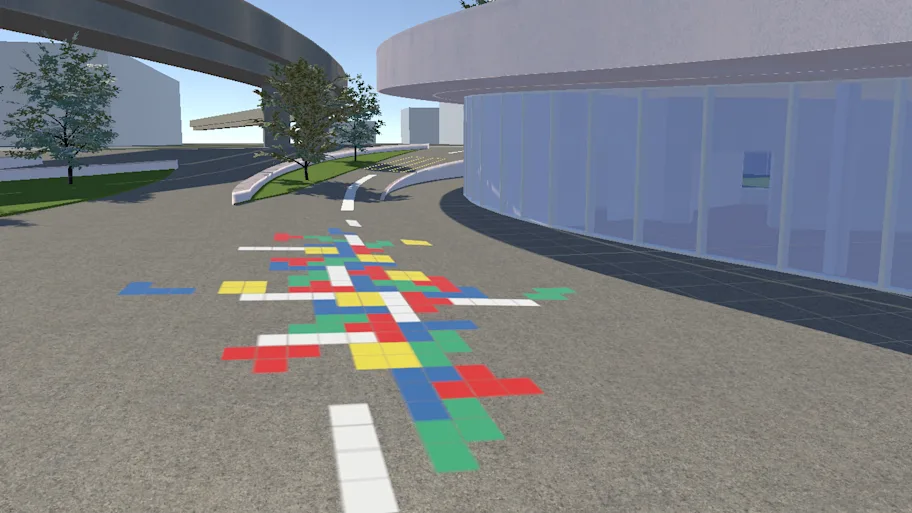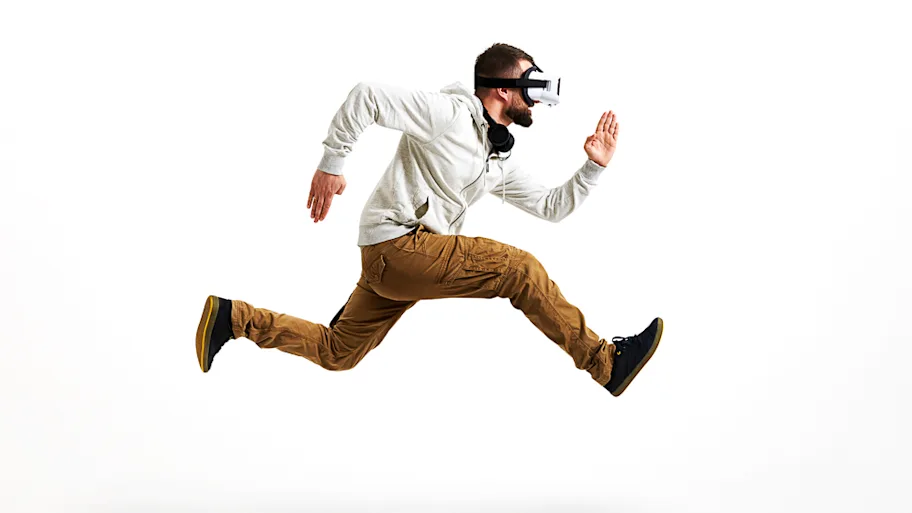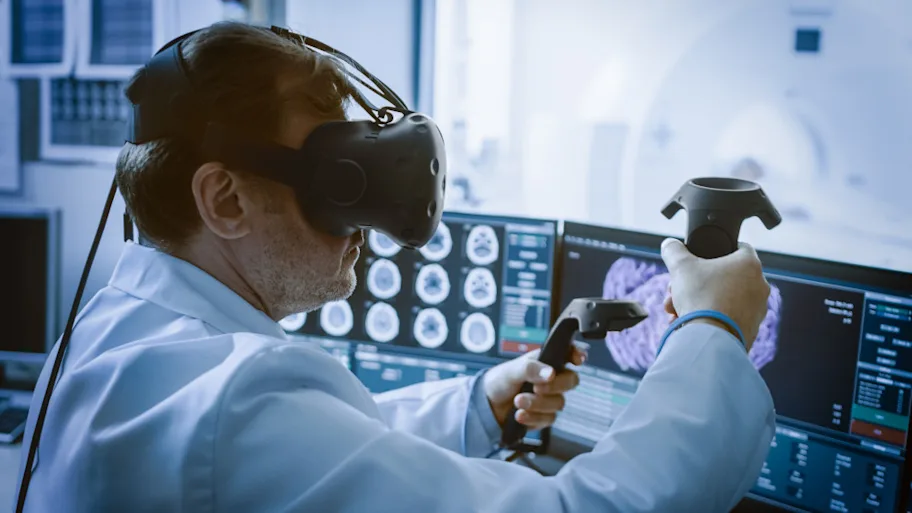
- Science News
- Featured news
- Researchers’ VR walking simulator feels surprisingly close to the real thing
Researchers’ VR walking simulator feels surprisingly close to the real thing
By Colm Gorey, Frontiers science writer

Image: wavebreakmedia/Shutterstock.com
Researchers in Japan have developed a virtual reality platform that mimics the sensation of walking by stimulating their feet, all while sitting motionlessly. During testing, participants experiencing a digital world through a first-person perspective found it enhanced the simulation of walking. However, those who saw themselves from a third-person perspective felt it impaired the sensation of movement.
Despite virtual reality (VR) technology being more affordable than ever, developers have yet to achieve a sense of full immersion in a digital world. Among the greatest challenges is making the user feel as if they are walking.
Now, researchers from the Toyohashi University of Technology and The University of Tokyo in Japan have published a paper to the journal Frontiers in Virtual Reality describing a custom-built platform that aims to replicate the sensation of walking in VR, all while sitting motionlessly in a chair.
“Walking is a fundamental and fun activity for human in everyday life. Therefore, it is very worthy to provide a high-quality walking experience in a VR space,” says Yusuke Matsuda. Matsuda is a project assistant professor at the Department of Computer Science and Engineering at the Toyohashi University of Technology and a corresponding author of the paper.
“We believe that the general public is also very likely to be interested in this study that combines walking and VR experiences which has seen rapid growth in demand as a result of Covid-19,” he adds.
► Read original article► Download original article (pdf)
How it works
The purpose of the study was to investigate whether a full-body or hands-and-feet-only walking avatar seen through either the first-person or third-person perspective can convey the sensation of walking in a virtual environment through optic flows and rhythmic foot vibrations.
When the participant moves their digital avatar, the platform syncs with these movements to “feel as if the hands-and-feet-only avatar is their own body”, the researchers wrote.
40 participants were split evenly between both the first-person and third-person perspective experiments. What they saw in the virtual world and the head of their full-body avatar were linked to the user’s actual head movements.
While sitting down on a stool, each participant was connected to 4 vibro-transducers made from aluminum springs and wood plates, each placed on their feet. When their avatar moved, the pads would vibrate to replicate movement.
To eliminate the sound of the vibration system, participants wore headphones emitting white noise. They then travelled down a virtual corridor which consisted of a textured floor and sidewalls made of wood, with mirrors regularly distributed on either side of their avatar’s path.

One of the research participants using the VR walking simulator and their corresponding movements in VR. Image: Toyohashi University of Technology/The University of Tokyo
VR mirrors
The researchers said that not being able to see their avatar had a significant impact on a person’s perception of walking while sitting motionlessly. However, the inclusion of mirror reflections mitigated this.
“Our study showed that a walking avatar in a first-person perspective enhanced the sensation of walking,” Matsuda said.
“The effects were observed not only when the full-body avatar was used, but also when only the hands and feet were presented without the hands-and-feet-only avatar.”
The researchers noted participants felt no walking-like sensation when seeing the avatar from the third-person perspective. The researchers said that from this perspective, both the full-body and hands-and-feet avatars “impaired the self-motion sensation and telepresence, irrespective of the foot vibrations in comparison to the no-avatar condition”.
‘The proposed method is simply less fatiguing than moving the legs by oneself’
Yusuke matsuda
Easier than walking
Looking to the future, Matsuda and the rest of his team sees the concept – once further developed – as being a way to enhance VR users at home.
“We believe that low cost and miniaturization can be accomplished,” Matsuda said. “The proposed device consists of 4 vibro-transducers and amplifiers. The configuration is relatively simple, inexpensive – between $300 and $500) – and compact.”
In addition to gamers, the researchers see its potential among those who may live with mobility issues.
“One of the most important features of the walking device we proposed is that it gives tactile and visual stimuli to seated users,” Matsuda said.
“Besides, for those without mobility issues, the proposed method is simply less fatiguing than moving the legs by oneself. Therefore, we will be able to easily experience virtual walking for a relatively long time.”
REPUBLISHING GUIDELINES: Open access and sharing research is part of Frontiers’ mission. Unless otherwise noted, you can republish articles posted in the Frontiers news blog — as long as you include a link back to the original research. Selling the articles is not allowed.






